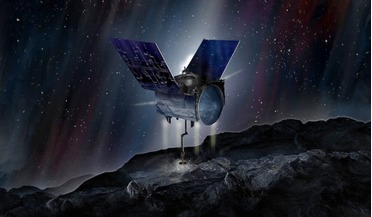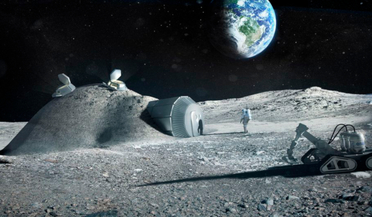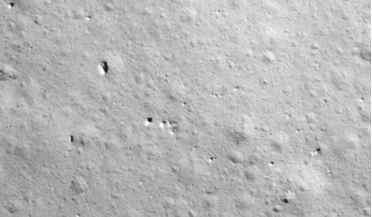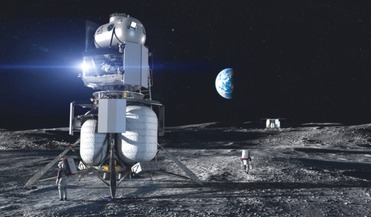 15 July 2020
Comet Neowise puts on a spectacular show
15 July 2020
Comet Neowise puts on a spectacular show
..., as it streaks past Earth this month. Discovered on 27 March by the Near Earth Object Wide-field Infrared Survey Explorer space telescope (NEOWISE), the dazzling comet has developed a spectacular twin tail making it visible to the naked...
 21 October 2020
OSIRIS-REx successfully touches asteroid Bennu
21 October 2020
OSIRIS-REx successfully touches asteroid Bennu
... collect dust and pebbles from it’s surface. The Origins, Spectral Interpretation, Resource Identification, Security, Regolith Explorer (OSIRIS-REx) spacecraft, is an international sample-return mission led by NASA and joined by science team members...
 26 October 2020
Scientists detect molecular water and cold ‘water traps’ on the Moon
26 October 2020
Scientists detect molecular water and cold ‘water traps’ on the Moon
... traps, the sheer number and topographic accessibility of these locales would facilitate future human and robotic exploration of the Moon,” say Hayne and colleagues. Both studies have been published in Nature Astronomy today...
 02 December 2020
China's Chang'e 5 probe successfully lands on the Moon
02 December 2020
China's Chang'e 5 probe successfully lands on the Moon
... unmanned rendezvous and docking in a lunar orbit around 380,000 kilometres away, a first in the history of space exploration. The orbiter containing the lunar material is programmed to land in northern China's Inner Mongolia region later in December...
 28 July 2021
Bezos offers $2 billion in incentives for NASA lunar lander contract
28 July 2021
Bezos offers $2 billion in incentives for NASA lunar lander contract
... return to the Moon. NASA has the opportunity to again inspire a whole new generation of scientists, engineers, and explorers. This is why Blue Origin answered NASA’s urgent call to develop a Human Landing System. We built the National...
 09 August 2021
NASA is seeking applicants for yearlong simulated Mars mission
09 August 2021
NASA is seeking applicants for yearlong simulated Mars mission
... the rigor of a long-duration, ground-based simulation. The series of missions - known as Crew Health and Performance Exploration Analog - includes three one-year Mars surface simulations based at NASA’s Johnson Space Center. The analogs...